Gardening Jobs for September
Posted by Tom Steel on 29th Aug 2025

September marks a key turning point in the garden. As things begin to slow after the summer rush, now is the perfect time to regroup and start planning ahead.
Whether you’re planting bulbs, lifting crops, or just giving things a bit of a refresh, here are some job ideas and tips to help you get the most out of your garden as we head into autumn.
Your September Garden To-Do List
- What to plant and sow
- Prune, deadhead and divide
- Take cuttings, save seeds and propagate
- Seasonal maintenance jobs
- Watch out for pests
- Care for lawns, ponds and garden structures
- Plan ahead for autumn and spring
Gardening Jobs: Flowers, Trees & Shrubs
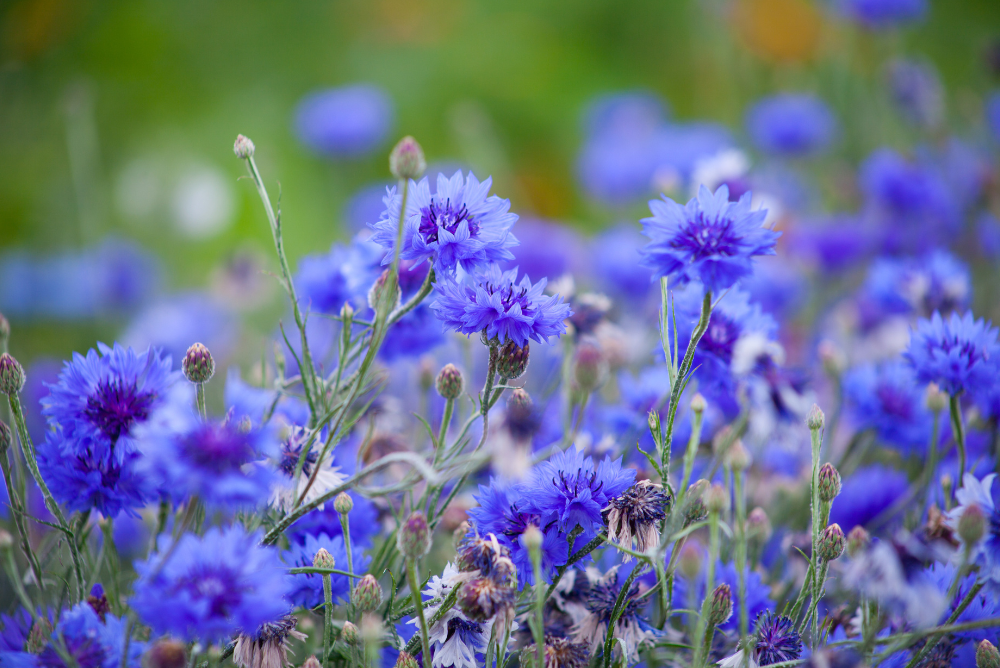
Direct sow hardy annuals
Sown in September, hardy annuals like cerinthe, calendula, cornflowers, limnanthes and poppies will flower next spring.
Tip: Water the soil before sowing to help seeds settle in and germinate evenly.
Save and start seeds from your favourites
Gather seeds from perennials and hardy annuals to grow more plants at little cost.
Tip: Label seeds clearly and store them in a cool, dry place to maintain viability.
Start sweet peas under cover
Sow sweet peas in a cold frame or greenhouse for early summer blooms next year.
Tip: Use deep pots like root trainers to encourage long, strong roots.
Start hardy greens for winter harvests
Sow kale, pak choi, mizuna, mustard and lamb’s lettuce now for cropping later in autumn and winter.
Tip: Use fleece or cloches to protect young seedlings as nights get cooler.
Plant out biennials sown earlier
If you sowed biennials like violas, foxgloves and wallflowers earlier this summer, plant them into their final positions now.
Tip: Firm in and water thoroughly - adding mulch will help lock in moisture and reduce competition from weeds.
Plant new perennials
Late September is a great time to plant perennials while the soil is still warm and moisture is returning.
Tip: Work in compost or well-rotted manure to give plants a strong start.
Cutting back, pruning and dividing

Give hedges a final trim
Neaten hedges before winter by shaping and removing late-season growth.
Tip: Cut the top slightly narrower than the base to prevent dieback at the bottom.
Deadhead late-flowering plants
Trim away faded blooms from dahlias, roses, penstemons and others to keep displays going.
Tip: Snip just above a healthy leaf set to encourage new buds.
Cut back perennials that are dying down
Remove declining growth from fading perennials to maintain a tidy border and reduce disease risk.
Tip: Leave some seedheads for wildlife and winter interest if you prefer a more natural look.
Divide overgrown clumps of perennials
Lift and split congested plants like crocosmia and alpines to encourage better flowering next year.
Tip: Replant immediately and water well to help them re-establish.
Propagation

Take cuttings of tender perennials
Snip healthy shoots from pelargoniums, osteospermums and other frost-sensitive plants before temperatures drop.
Tip: Use rooting hormone and a gritty compost mix - a bright windowsill works well if you don’t have a greenhouse.
Propagate evergreens from semi-ripe cuttings
Use this year’s firm, non-flowering shoots from shrubs like viburnum, ceanothus and cistus to create new plants.
Tip: Cover with a plastic bag or propagator to retain moisture and improve success rates.
Save seeds from perennials and annuals
Collect ripe seed from plants like aquilegia, calendula and poppies as they finish flowering.
Tip: Dry thoroughly and store in labelled paper envelopes in a cool, dry place.
General Maintenance
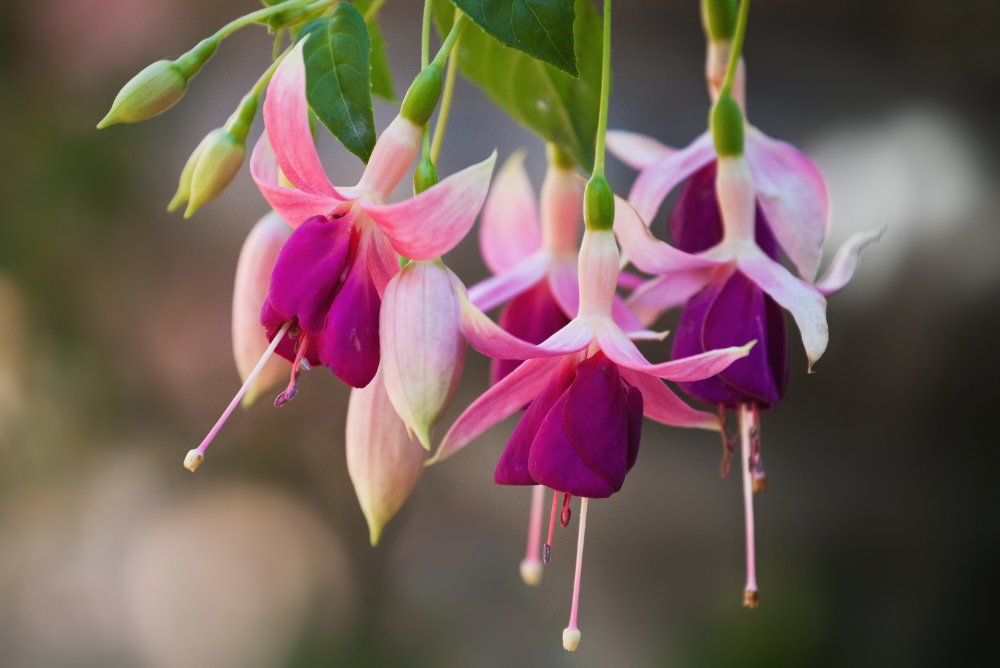
Protect tender plants from cold
Move frost-sensitive perennials like fuchsias, gazanias and abutilons under cover before cold weather sets in.
Tip: Inspect for pests before relocating to avoid infestations indoors.
Support tall perennials
Secure top-heavy plants like asters and heleniums to prevent snapping in strong winds.
Tip: Use soft ties and position stakes carefully to avoid damaging roots.
Revive thirsty plants
Give shrubs and perennials affected by summer drought a thorough drink, especially if recently planted.
Tip: Water deeply and infrequently to promote resilient, well-anchored roots.
Tidy fallen leaves
Sweep leaves from lawns and borders to keep spaces clean and discourage pests and disease.
Tip: Shred and compost them, or store separately to make nutrient-rich leaf mould.
Planning Ahead

Collect seeds from trees and shrubs
Gather ripe seeds from trees like rowan, mulberry or laburnum for sowing next spring.
Tip: Store in labelled paper bags in a cool place and research if stratification is needed before sowing.
Order large plants for autumn planting
Now’s a good time to order trees, shrubs and mature perennials for planting in October.
Tip: Choose reputable suppliers and plan delivery around wetter weather to reduce watering needs.
Buy spring-flowering bulbs
Pick up daffodils, crocus, hyacinths and other spring bulbs while stock is fresh.
Tip: Store somewhere cool and dry until planting - aim to plant by late October.
NEW: Check out our Daffodil Tête-à-Tête
Supplied as 10-11cm Bulbs
Available in denominations of 15
Pest Watch
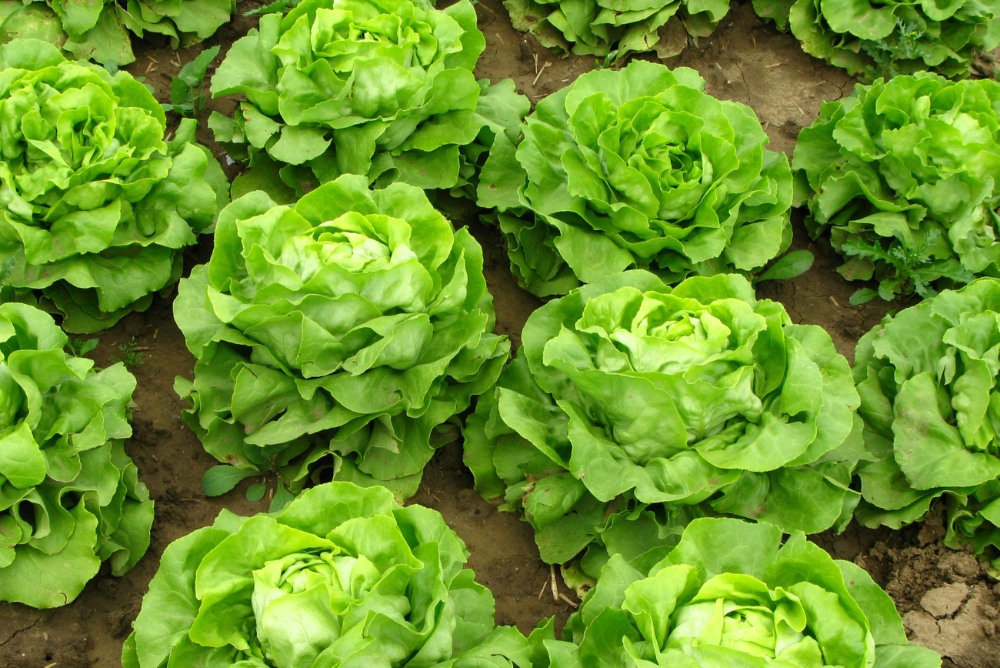
Slugs & Snails
Why now: Damp soil + cooler nights = increased activity.
Threats: Seedlings, leafy crops (lettuce, kale), young perennials.
Control: Use beer traps, copper tape or wildlife-safe pellets. Encourage natural predators like frogs and birds.
Vine Weevil (especially in containers)
Why now: Larvae feed on roots during autumn and winter.
Threats: Container plants, heucheras, primulas, strawberries.
Control: Check roots when repotting; use nematodes or biological controls now before soil gets too cold.
Aphids (on late flowers and brassicas)
Why now: Still active on dahlias, roses and leafy greens.
Threats: Weakens plants, encourages sooty mould.
Control: Hose off, squash manually or use neem/organic spray. Inspect undersides of leaves.
Gardening Jobs: Structures, Lawns & Ponds
Structures
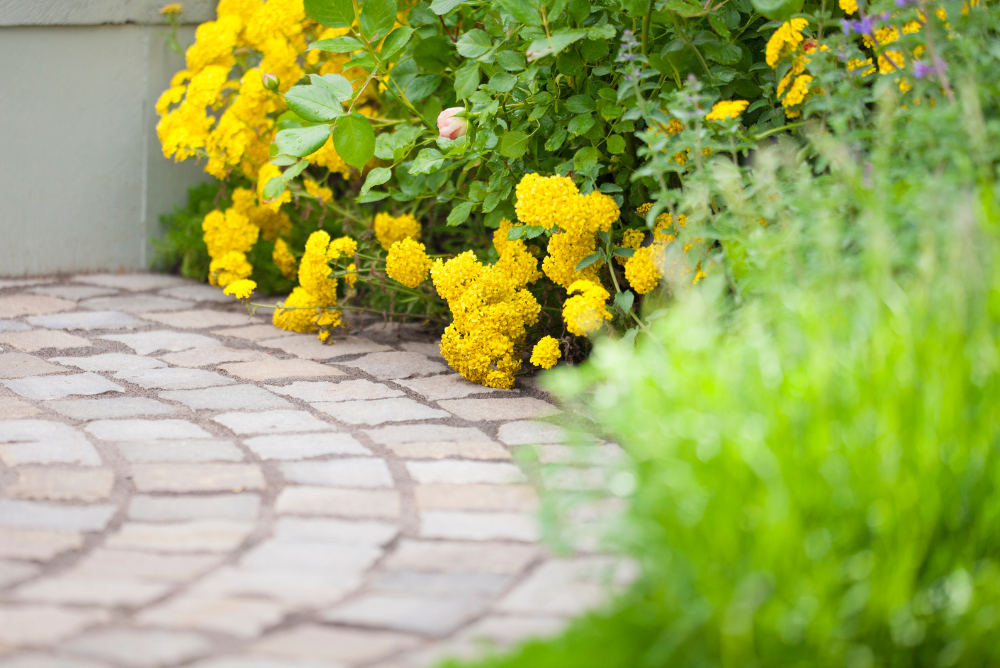
Treat wooden features
Paint fences, sheds and other timber structures with a water-based preservative while the weather remains dry.
Tip: Repair any leaks in shed roofs before rain arrives to avoid further damage.
Clean patios and hard surfaces
Scrub patios, decking and paths to remove moss and algae before they become slippery in wetter weather.
Tip: Use a stiff brush and an eco-friendly patio cleaner to safeguard nearby plants.
Repair and prepare the greenhouse
Replace broken panes, check for missing glazing clips, and seal gaps to keep your greenhouse weatherproof.
Tip: Remove remaining shading paint or blinds to let in maximum light as days shorten.
Deep-clean the greenhouse
Sanitise greenhouse interiors thoroughly before bringing tender plants inside to prevent reactivating pests or diseases.
Tip: Use a garden-safe disinfectant like Citrox and a non-abrasive scourer to avoid damaging glass.
Build or repair compost bins
Ensure compost bins are sturdy and ready to accept a fresh influx of autumn leaves and garden waste.
Tip: Utilise old pallets or wood offcuts to create airflow while reducing waste.
Install a water butt
Fit a water butt under a downpipe to collect rainwater - ideal for watering and conserving mains water.
Tip: Rainwater is especially beneficial for ericaceous plants like rhododendrons and camellias.
Lawns
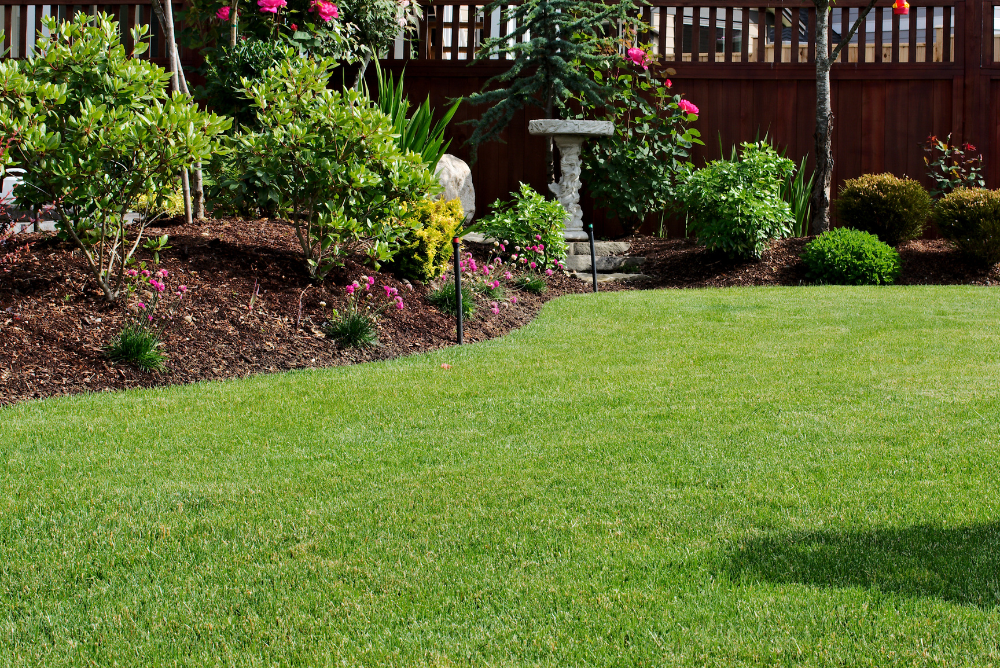
Mow less frequently and raise the cut height
As growth slows, let the grass grow slightly longer to protect turf and improve resilience.
Tip: After scarifying and aerating, feed the lawn with a potassium-rich autumn fertiliser to support root development.
Scarify, aerate and overseed as needed
Reduce thatch buildup and revive worn areas using a rake or fork, then patch via seed or turf.
Tip: After aerating, apply a top dressing to aid soil recovery and growth.
Plant bulbs in gaps or lawns
Consider planting spring bulbs like daffodils or crocuses in lawn areas where mowing can be paused in spring.
Tip: Place bulbs in designated zones to avoid needing to cut through emerging growth.
Ponds

Net ponds to reduce leaf fall
If excessive leaves are falling in, use netting to protect water clarity and reduce algae growth.
Tip: Only top up water levels if you have fish - wildlife ponds can wait for autumn rains.
Clear excess vegetation and debris
Remove dead waterlily leaves, trim back marginal plants, and thin out submerged oxygenators to maintain balance.
Tip: Aim to keep about half the water surface visible for biodiversity and easy management.
Tidy sediment without disturbing wildlife too much
Lower water levels slightly and remove debris from one half of the pond at a time to let wildlife recolonise undisturbed.
Tip: If waterlilies show signs of fungal issues (like crown rot or leaf spot), remove diseased parts and repot using fresh compost. 
September’s jobs might not be glamorous, but they set the tone for a stronger, healthier garden through the winter and beyond. A bit of effort now means less catch-up later - and more time to enjoy the rewards.
Need bulbs, tools or a few reliable bits to get those jobs done? We’ve got you covered.
NEW IN THIS MONTH
Lupins Gallery Blue
Hydrangea macrophylla White Prince
Delphinium Pacific Series Mixed
Helleborus orientalis Double White Spotted
